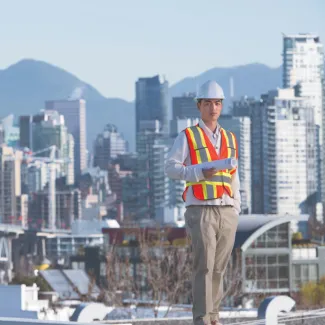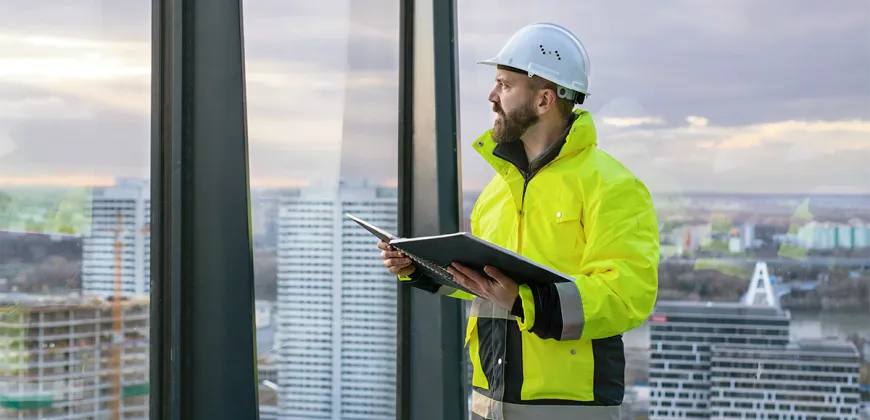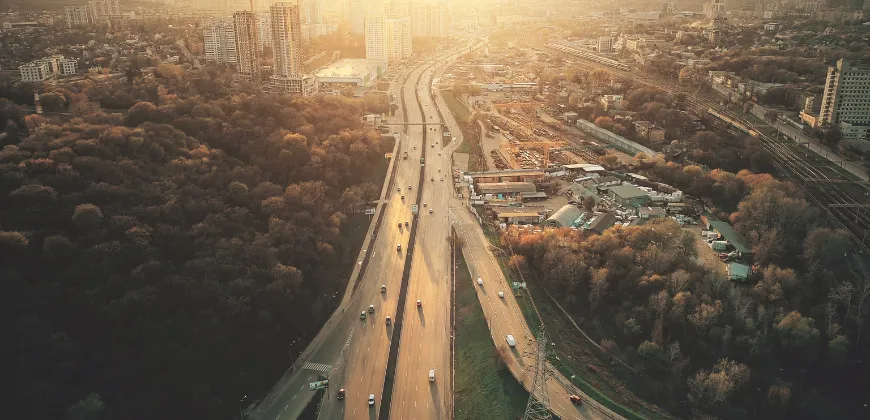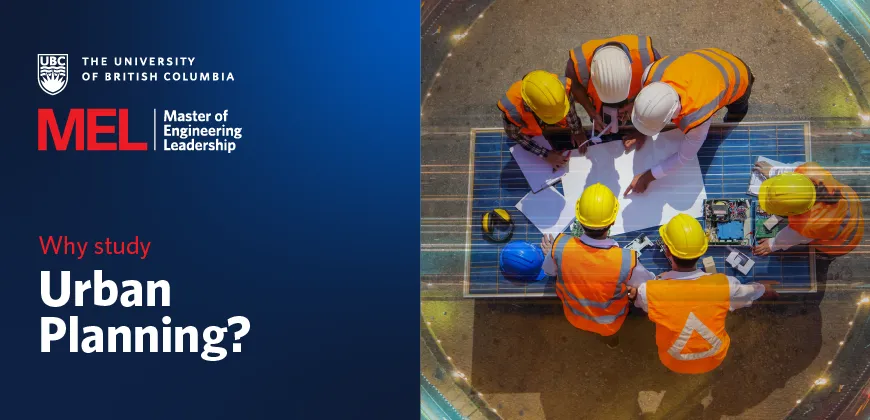City Planning for Possible Futures
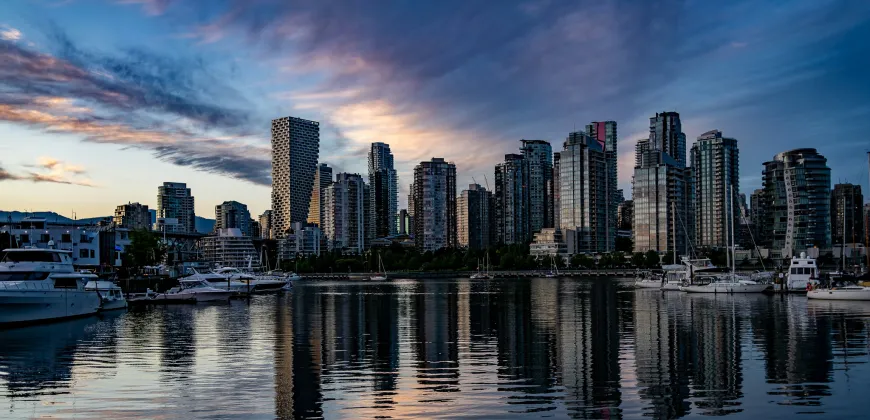
We interviewed Dr. Su-Jan Yeo, an instructor of the Master of Engineering Leadership (MEL) in Urban Systems, who shares her perspective on how the program equips students to incorporate interdisciplinary perspectives and gain skills to be leaders in city-building.
What’s your involvement with the MEL in Urban Systems?
I teach the Urban Systems Analysis and Planning course in the first term of the program. The interdisciplinary nature of this program is one of its key strengths, bringing together urban planners, engineers and others to advance their understanding of city-building. For some students, my course is therefore their first encounter with urban planning as an academic subject. I introduce different examples and case studies and ask students to reflect on the decision points. How do we weigh alternatives? What are the consequences of taking one path rather than another?
Bringing together planners, architects, landscape architects and engineers to learn from each other is a valuable experience. Students learn how to translate their expertise so that those from different technical backgrounds understand what’s at stake. It’s not always easy, and there are times when communication is misaligned.
Learning how to bridge the communication gap is essential: we need urban systems leaders to be well-versed in different disciplines. It takes work and time to gain knowledge in new subject areas and it takes practice to learn how to communicate effectively with people from different backgrounds. This course helps students do that, giving them exposure to the kinds of work they will be doing as members and leaders of multidisciplinary teams.
What projects do students work on in your course?
Students complete a complex planning exercise with a partner from the public or non-profit sector.
This year, students worked with the Friends of False Creek, a non-profit society advocating for healthy waters in False Creek as part of their vision for blue urbanism. Our students worked with the society to explore that vision and the actions and strategies that could deliver on it.
This project connects students to a real-world client and requires them to navigate complex interconnected planning issues with a range of stakeholders. It’s also a great example of how urban systems professionals need to be able to work across scales, to understand both the big picture and how that filters down to a very small site-specific level. These projects – and the projects in the other Urban Systems courses – require students to push beyond the comfort zones they may have built up through their professional practice. Those who come to the program with an engineering background might gain confidence working within the ambiguities of an open-ended system where there is no precedent and not all variables can be controlled. Those with planning backgrounds are encouraged to consider and integrate engineering perspectives – in the Friends of False Creek example, this would be looking at sewer infrastructure and water management.
What are some challenges or emerging issues facing city planners?
One challenge has to do with articulating and bringing about a collective vision of the future. Of course, there will always be different opinions on what the future might be – opinions that can sometimes lead to very polarizing views. The challenge in planning is to acknowledge that while it is not possible to build a singular vision of the future, we can strive to articulate multiple futures where more people can envision themselves. That’s a hard task to do, but doing so broadens the possibilities for more engagement and for more community members to be involved.
Another topic that’s of great interest to students and practitioners is the emergence of new technologies, including generative AI.
We’re talking about how AI can be used as a tool to enhance planning processes, provide data-driven evidence, streamline certain workflows, and empower community members to use it as a tool for visioning. Of course, these potential benefits must be evaluated against equity considerations around who has access to these as well as caution around the quality of the data the AI has learned on. In my course in 2023, students worked on a project in partnership with the City of Vancouver and CityStudio to leverage AI for community engagement and harmonizing different perspectives and ideas. They described this work as developing a “datadigm” – a play on words bringing together data and paradigm to reflect the paradigm shift needed in how we use data.
What excites you most about this master’s degree?
Students come from around the world to do this program, bringing with them professional experience from a wide range of settings and contexts. No matter where you are from, it can be too easy to get bogged down in localized situations and lose sight of broader possibilities. Being part of this cohort opens up new understandings of other practices and perspectives.
The students of the MEL in Urban Systems give me hope for the future of our cities. They have such energy and optimism, and they share a deep concern for climate and society. They want to be change actors.
